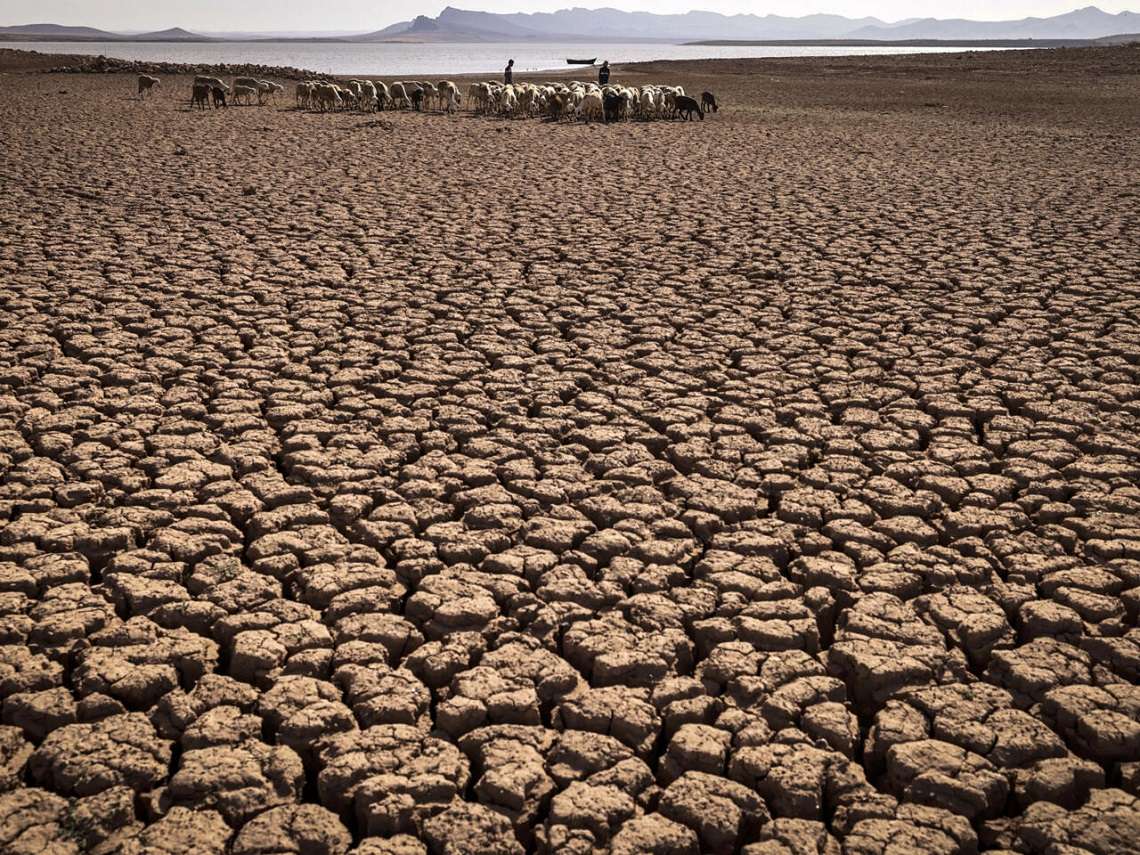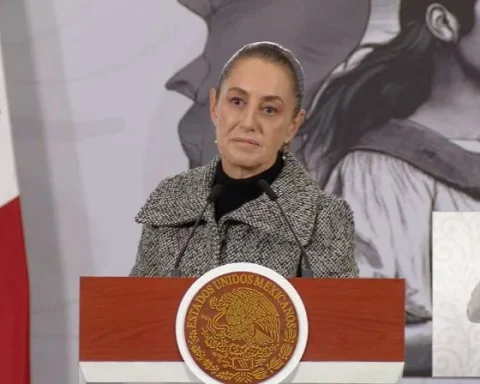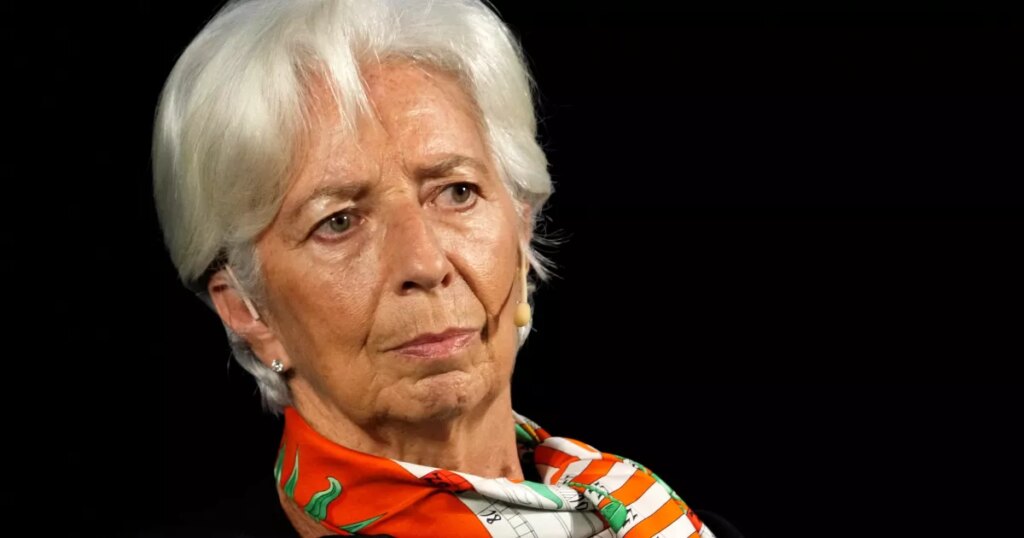Some 3.6 billion people have problems accessing water for at least one month of the year, a figure that could rise to over 5 billion by mid-century, warns today a report of the World Meteorological Organization (WMO).
The report, the first that the WMO dedicates specifically to water resources, highlights that in 2021 two thirds of the earth’s surface had fluvial flows below the average of the past 30 years while only one third was above or at average levels.
@WMO published its first State of Global Water Resources report to assess the effects of climate, environmental and societal change on the Earth’s water resources. #Water4Climate
? https://t.co/cTOCnyB0Y6 pic.twitter.com/q01YgNcrAY
—World Meteorological Organization (@WMO) November 29, 2022
At a time characterized by growing demand and limited supply, water is also related to 74% of natural disasters (droughts, floods, storms), recalled the United Nations agency report.
“The impacts of climate change tend to manifest themselves through water, with more intense and frequent droughts, more extreme floods, more irregular seasonal rains and the acceleration of the melting of glaciers,” said WMO Secretary General Petteri. Taalas, at the presentation of the report.
It also stands out as areas where the river flow was below average in 2021, the Río de la Plata and the south and southeast of the Amazon (South America) or the basins of the Colorado, Missouri and Mississippi rivers in North America.
In Africa there was less than average flow in the Niger, Volta, Nile and Congo rivers, while in Eurasia the same was true in basins of Siberia, other parts of Russia and Central Asia.
In contrast, higher than normal flows were recorded in some basins in North America, the north of the Amazon, rivers in southern Africa (such as the Zambezi and the Orange) and others in China and India, the latter two countries that suffered notable floods .
Cuba: Urgent measures to mitigate the impact of the intense drought
Some of the areas where the water supply is at critical levels see their situation exacerbated by the overexploitation of groundwater, the report warns.
The document also analyzes the cryosphere (ice at the poles, mountains and glaciers), which is the world’s largest reserve of fresh water as it is the source of rivers and supplies for 1.9 billion people.
In this way, it warns about the worrying merger in areas such as Alaska (North America), Patagonia (South America) or the Himalayas (Asia).
With information from Efe.
















